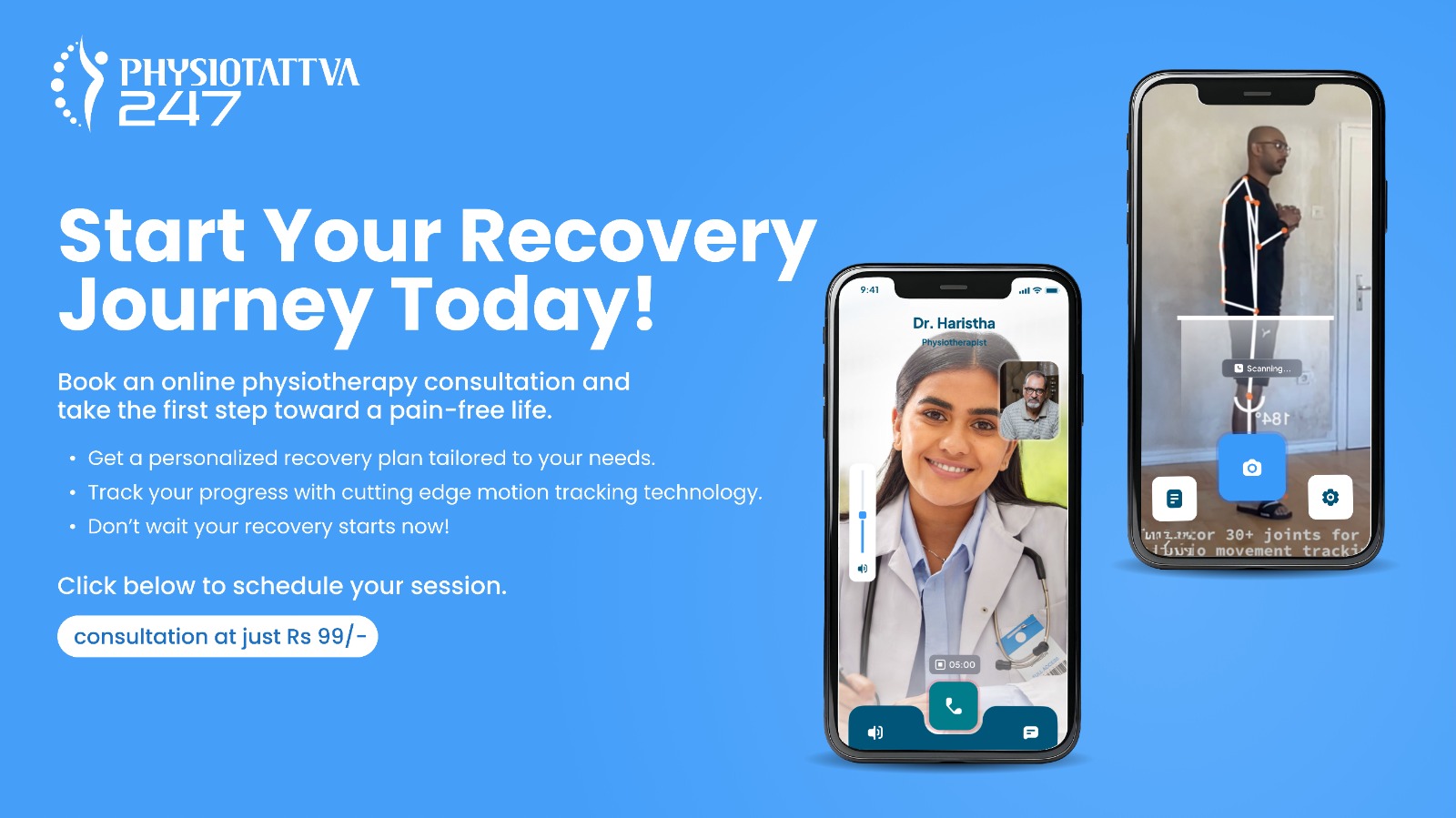Vestibular Rehabilitation
Vestibular rehabilitation therapy or VRT is physical therapy that uses specialized exercisesresulting in gaze and gait stabilization.

What is Vestibular Rehabilitation?
Around 90 million Americans experience dizziness at least once in their lifetime. Some patients can further develop permanent balance deficits, followed by functional limitations. Patients over the age group of 75 years can state dizziness to the number one reason for visiting vestibular rehabilitation therapists. Dizziness is one major factor in elderly individuals. Falls have been stated to be the leading cause of serious injuries and can prove to be fatal for some individuals. Vestibular rehabilitation therapy in Bangalore and Vestibular rehabilitation therapy in Hyderabad or VRT is physical therapy that uses specialized vestibular rehabilitation exercises resulting in gaze and gait stabilization. Most of these vestibular rehabilitation exercises will involve head movements, which are essential to stimulate and retrain the vestibular system. It is one exercise-based treatment program used for promoting vestibular substitution and adaptation. The goals of this kind of Vestibular rehabilitation therapy are to enhance gaze stability and postural stability. Proper therapeutic treatment will improve vertigo and activities of daily living.
Types of Vestibular Rehabilitation Therapies
Vestibular rehabilitation therapy is a special form of exercise-based therapy. It is designed to alleviate both main and secondary symptoms related to vestibular disorders. Vestibular rehabilitation therapists in Bangalore or Vestibular rehabilitation therapists in Hyderabad will use specified body, head, and eye exercises, designed to retrain your brain to recognize and process signals from vestibular signals and coordinate them with information from the vision and proprioception. The form and choice of vestibular rehabilitation exercises will vary from one person to another.
- Habituation exercise:
This form of exercise is used for treating dizziness symptoms produced because of self-motion or produced due to visual stimuli. Habituation exercise is for those patients, who report increased dizziness when moving around, especially when they make some quick head movements, or while changing positions when they look up or bend over. This form of exercise is proper for those patients reporting increased dizziness in some visually stimulating environments like grocery stores and shopping malls.
- Gaze stabilization:
Gaze stabilization is another set of exercises used for improving and controlling eye movements to make the vision clear during head movements. These exercises are proper for patients who report issues seeing clearly as their visual world seems to jump or bounce around, like when reading or trying to identify objects in the environment, which are moving around.
- Balance training exercises:
Balance training exercises are designed to improve steadiness to perform daily activities for work, self-care, and leisure in a successful manner. Here, the exercises to improve balance must be designed to address specific underlying balance issues of every patient. However, these exercises must be moderately challenging but safe for the patients to perform. Some of the features of balancing exercises will be stationary positions and dynamic movements, visual and somatosensory cues, coordinated movement strategies, and dual tasks.
When to See Vestibular Rehabilitation Therapists
If you are feeling dizzy or cannot bear the pain of migraines, then you better see a physiotherapist for getting proper VRT treatments going. Some of the symptoms to watch out for are:
- Feeling off-balance
- Dizziness
- Blurred vision
- Feeling like you are floating or the world is spinning
- Falling or stumbling
- Disorientation
Risks of Ignoring Vestibular disorders
Primary speaking vestibular disorders like dizziness won’t be life-threatening during their initial stages. However, if kept ignored for a long time, such dizziness can take a toll on your mental health and can prove to be uncontrollable and dangerous. Simple daily activities like crossing a road or cooking will prove to be difficult as you never know when you might fall on the road. So, such situations can prove to be fatal. Therefore, it is important to take vestibular rehabilitation therapy in Bangalore or vestibular rehabilitation therapy in Hyderabad when it is during its initial stage.
How to Prevent Vestibular disorders
There are some simple steps used for preventing vestibular disorders from taking place or from growing into a bad shape. Some of the proven points are mentioned below.
Changes in lifestyle:
Changing the diet plan and activity can help ease some symptoms of vestibular disorder.
Treating underlying causes:
Based on your cause, you need therapies or antibiotics to get proper treatment.
Vestibular Rehabilitation Therapy
It is true that Vesicular rehabilitation therapy is one major point to address to treat vestibular disorders among patients. But, there are some other treatments that you can focus on just to give your patients the best and rewarding result. Those options are listed below:
- Canalith repositioning procedure:
These are noted as special maneuvers performed for treating benign paroxysmal positional vertigo or BPPV. One major CRM type is the “Epley maneuver.” It comprises a series of special patterned trunk and head movements for moving tiny displaced otoliths to place in the inner ear where they cannot cause any symptom.
- Home-based exercises:
Home exercises form major parts of balance retraining, and experienced therapists are able to help patients in this regard. Proper exercises will be assigned by an occupational or physical therapist to be performed at a given pace. There needs to be a progressive fitness program whose main goal is to reduce stress and increase energy.
- Diet:
Most people with vestibular migraine and secondary endolymphatic hydrops find some foods triggering their symptoms more. So, diet modification might reduce or alleviate the symptoms or may prevent the onset of any acute attack.
Related Conditions
Apart from treating basic dizziness, VRT can treat vertigo, BPPV, Meniere's syndrome, migraines, and neck dizziness. So, get an appointment with the best physiotherapist right away!.
Frequently Asked Questions
What triggers the vestibular balance disorder?
Can you cure vestibular disorder?
What is VRT?
Related Services
Related Conditions
Related Treatments
Related Symptoms
Related Therapies
Our Professionals
Physiotherapy in Bangalore
Related Blogs
Get In Touch



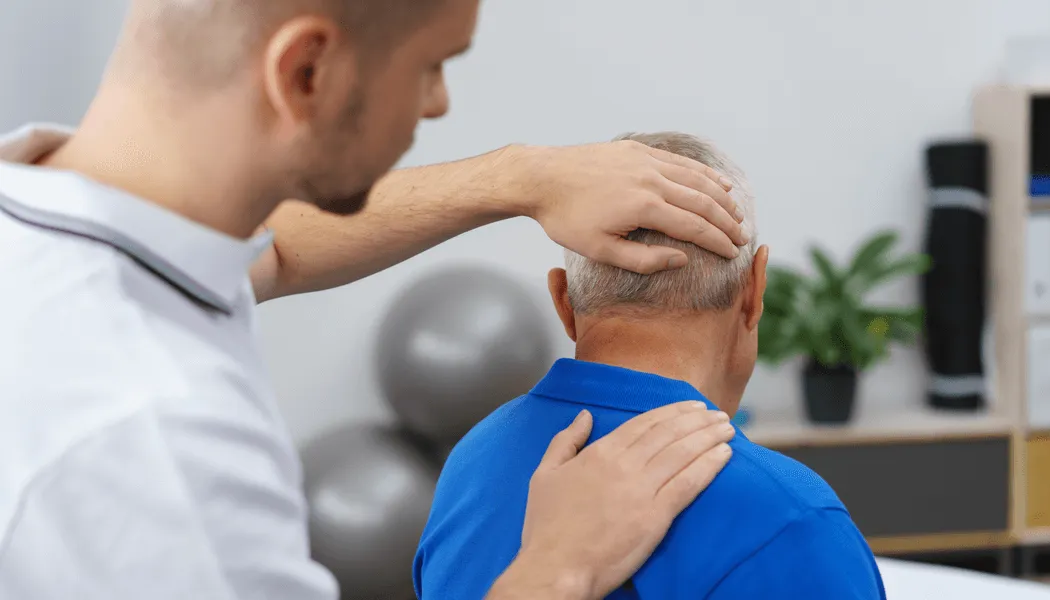





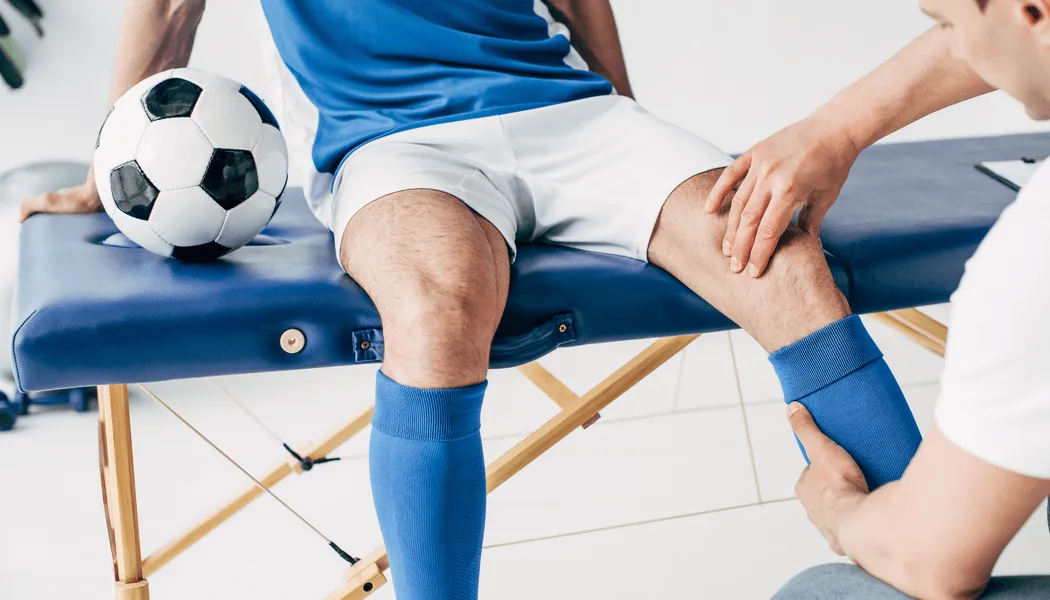



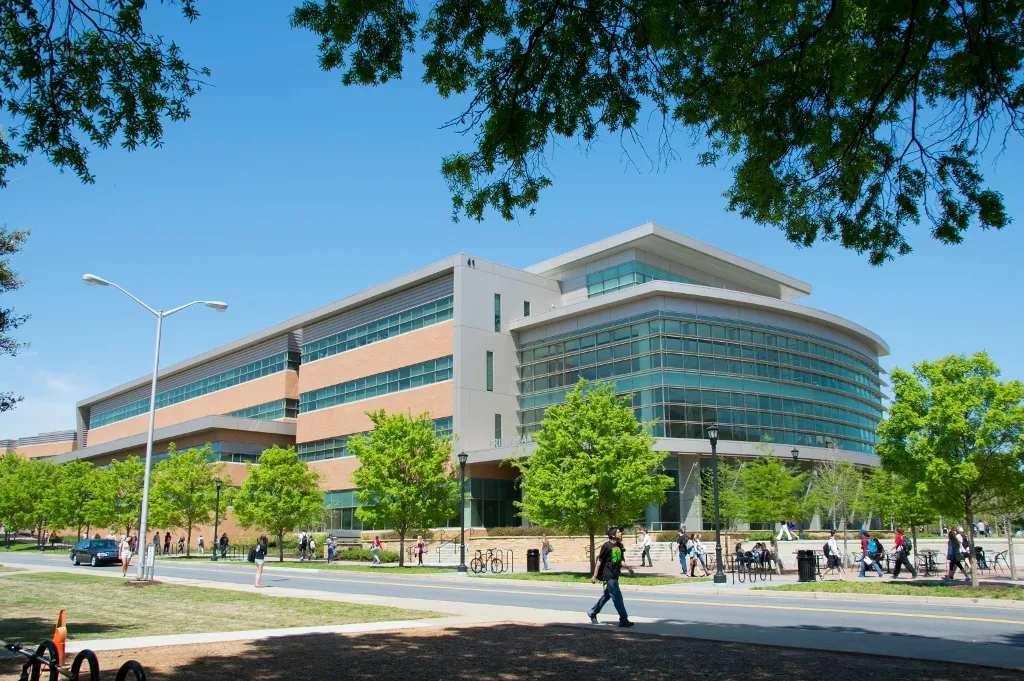


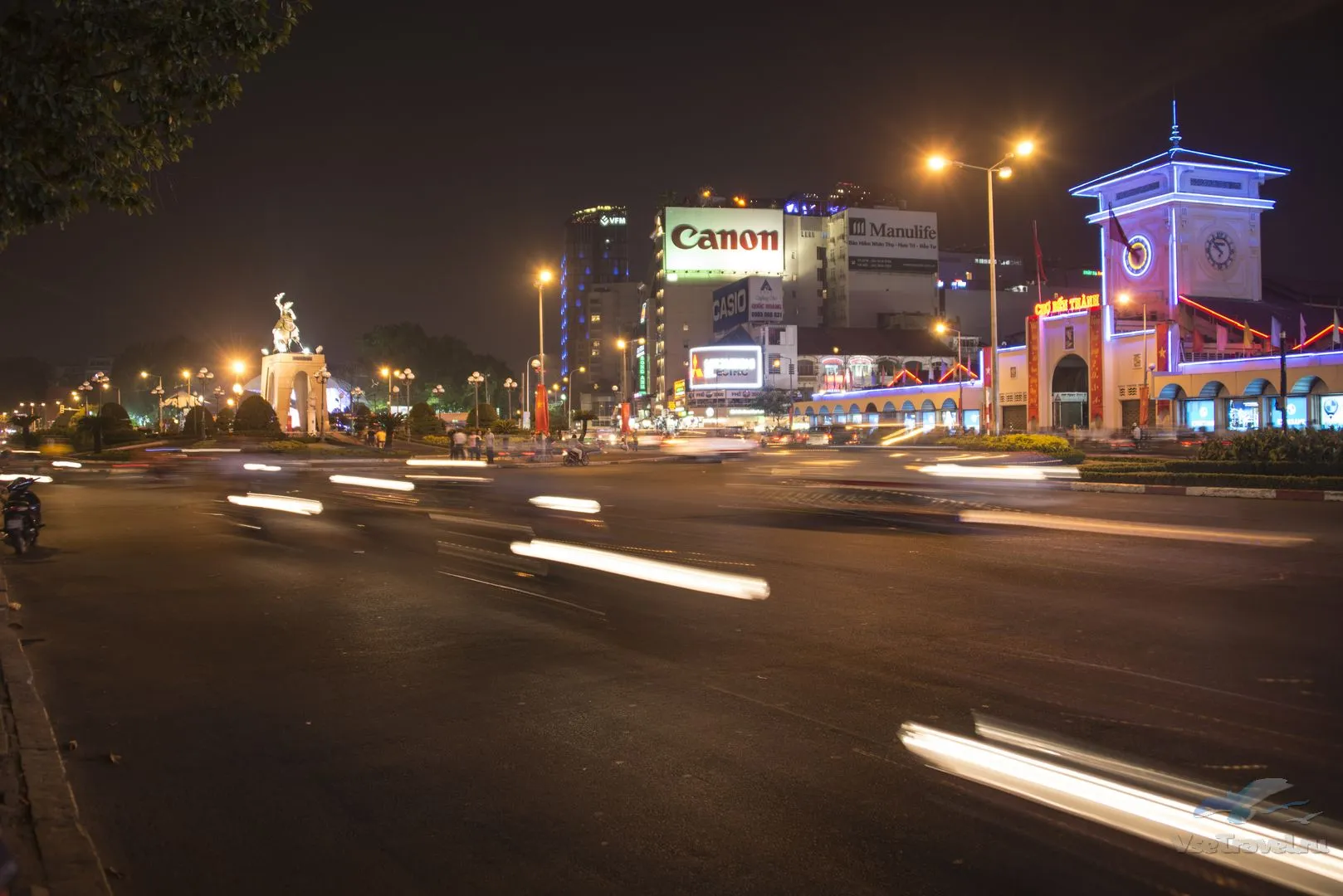
%20(1)-p-3200.jpeg)

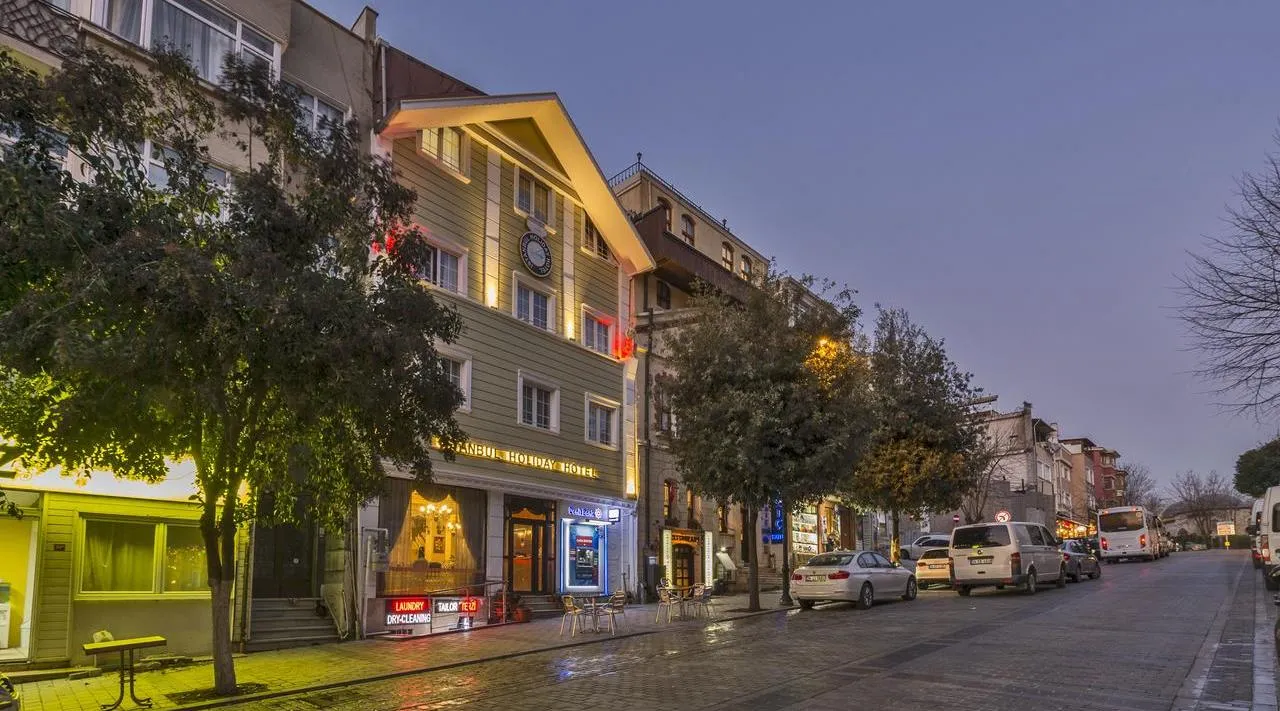
.jpg)
.webp)
.webp)
.webp)
